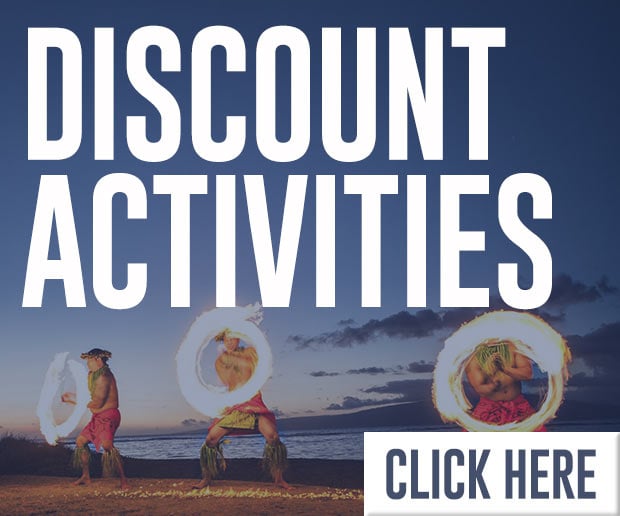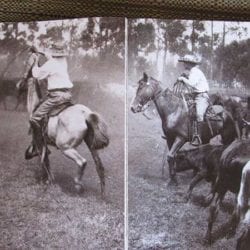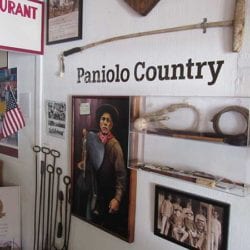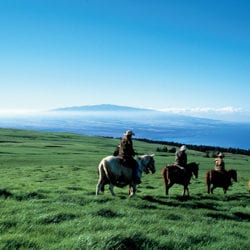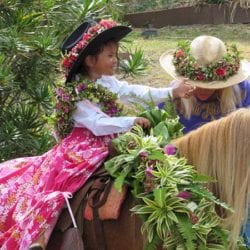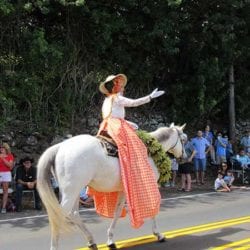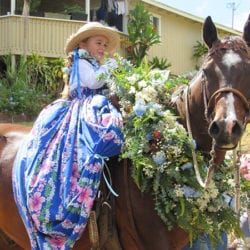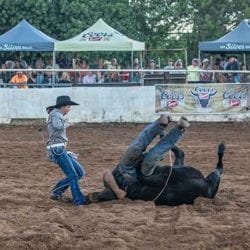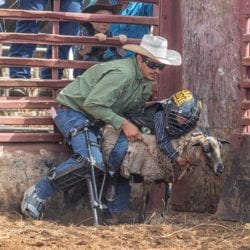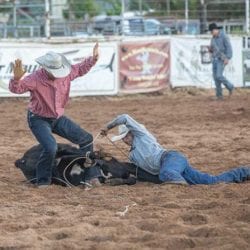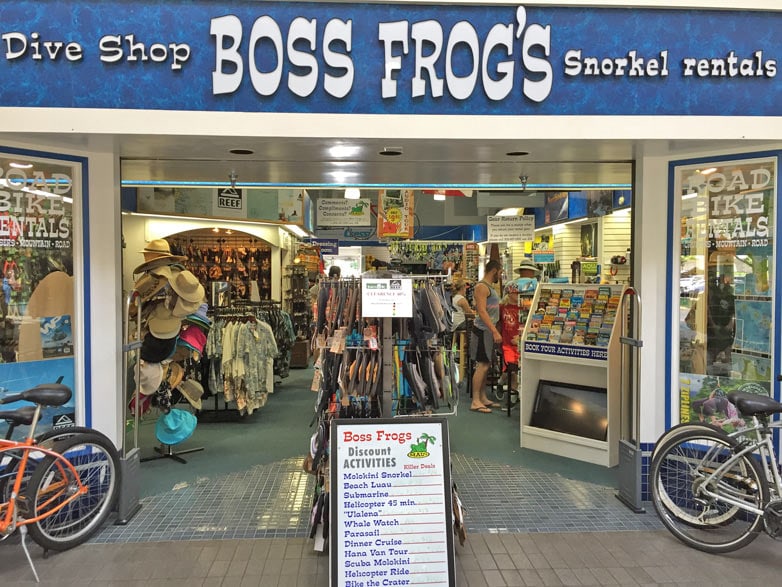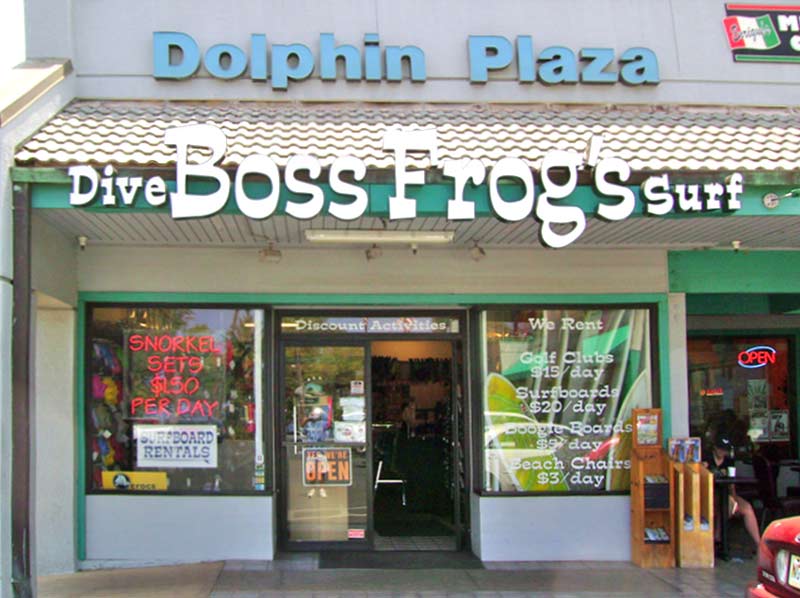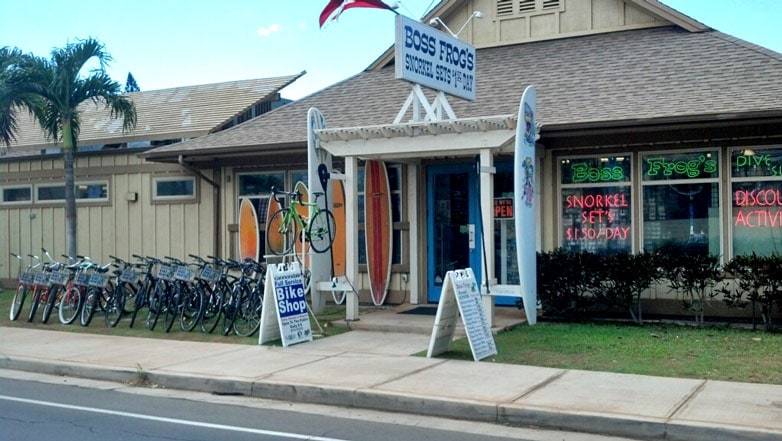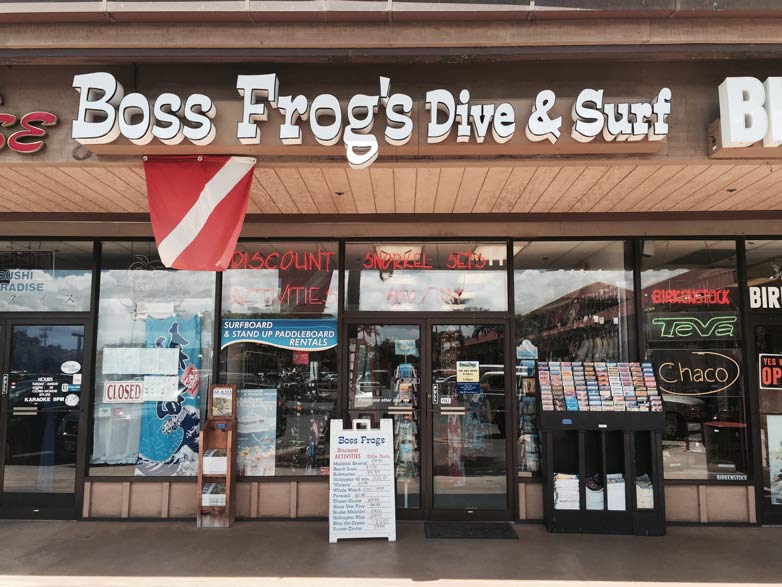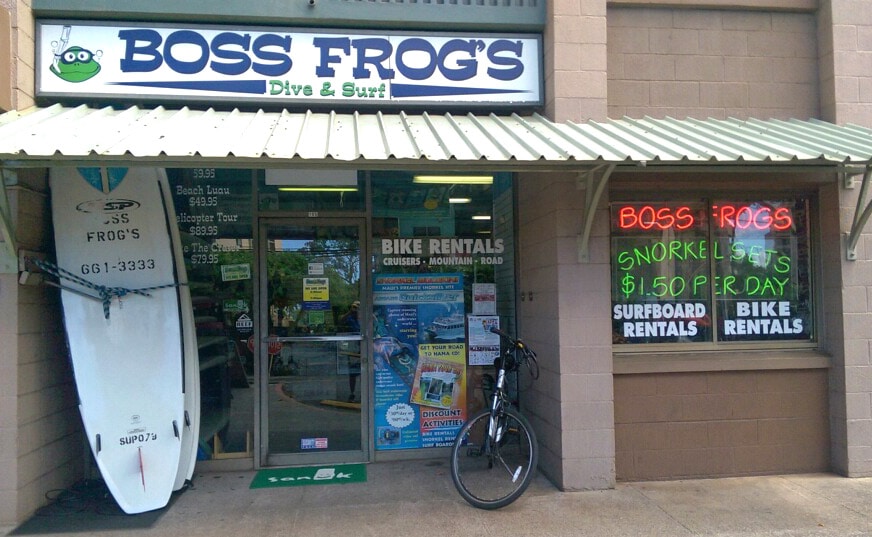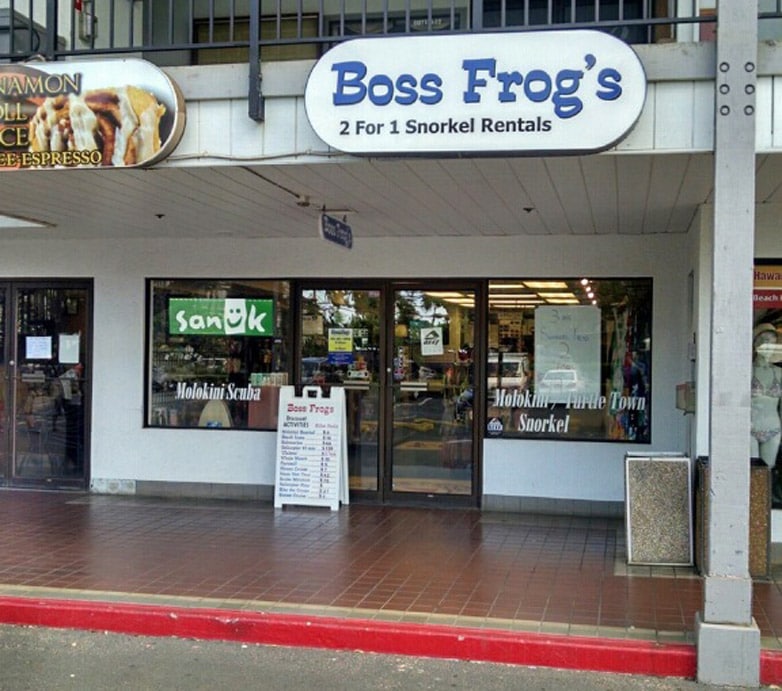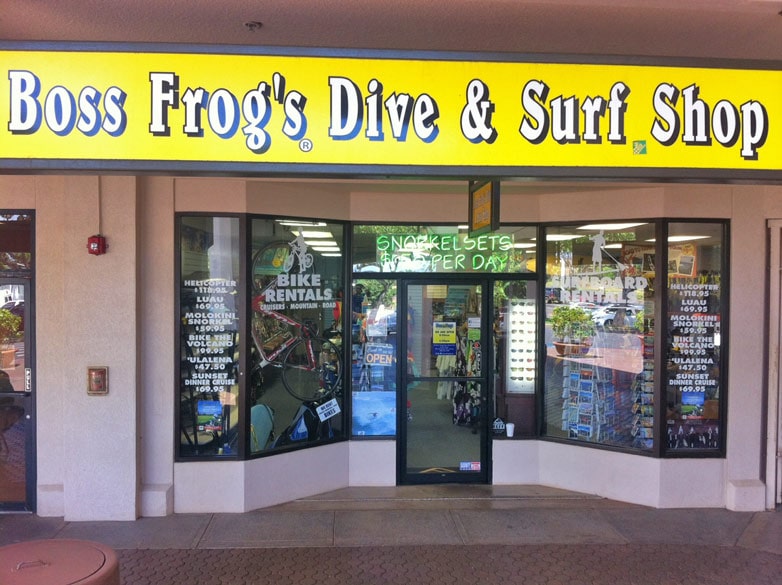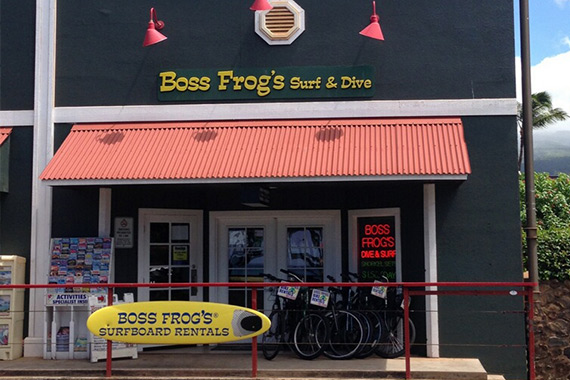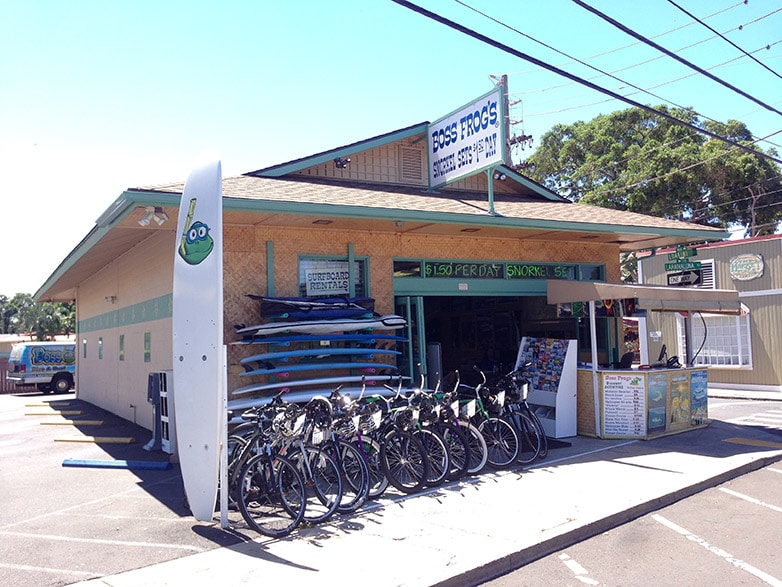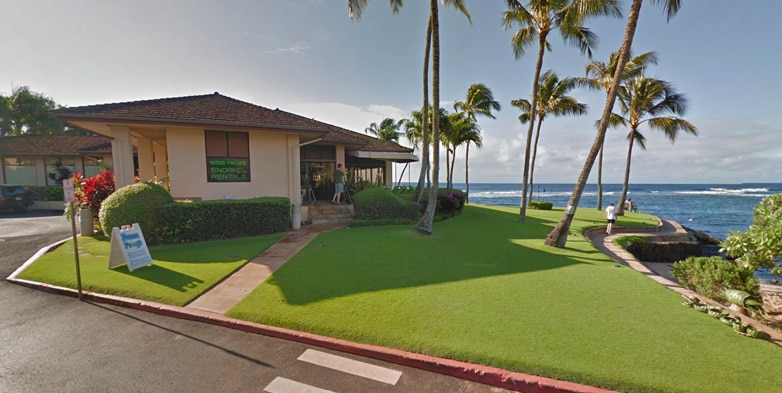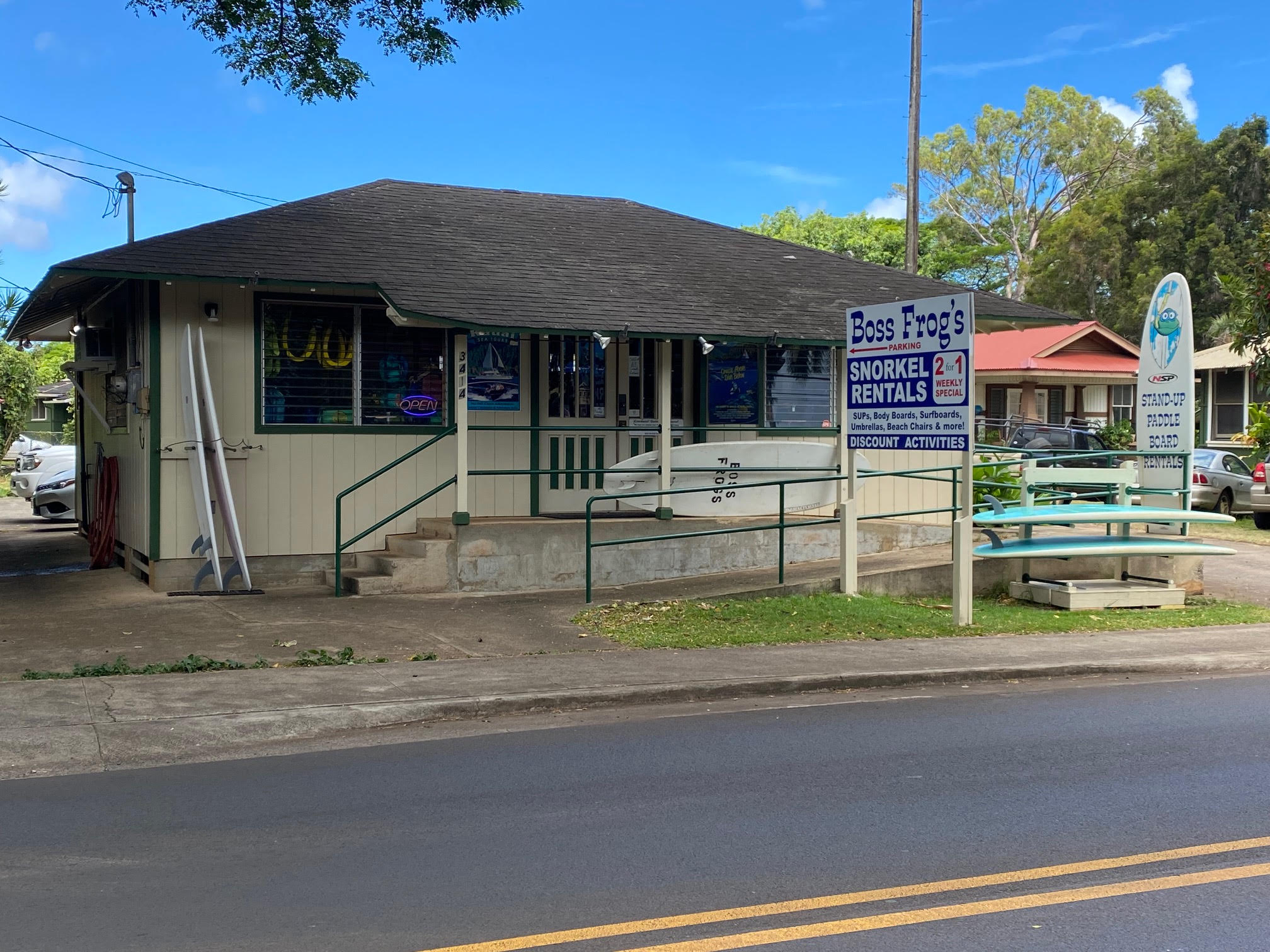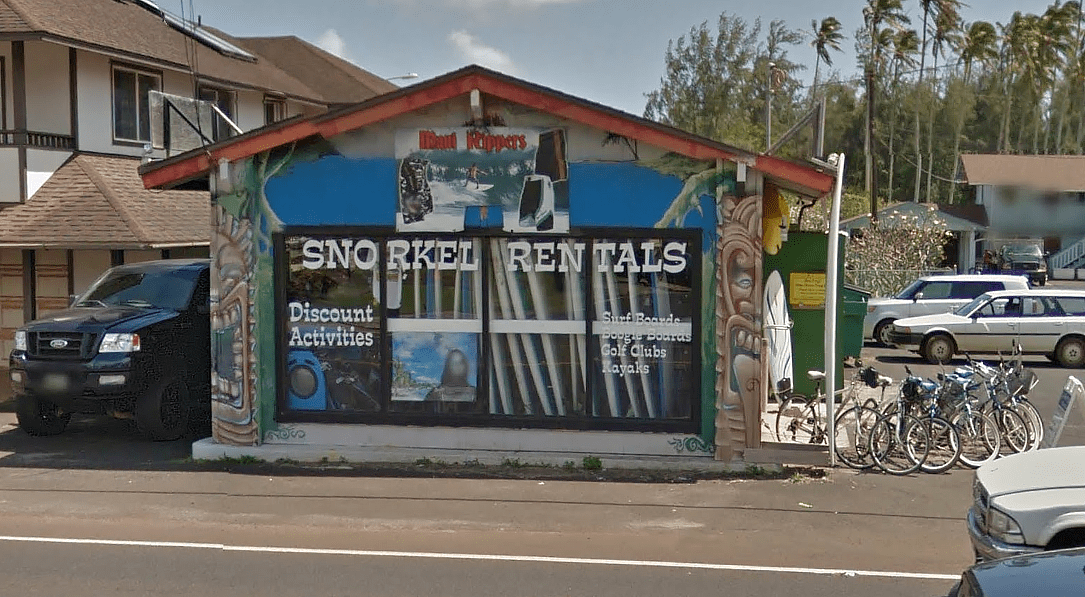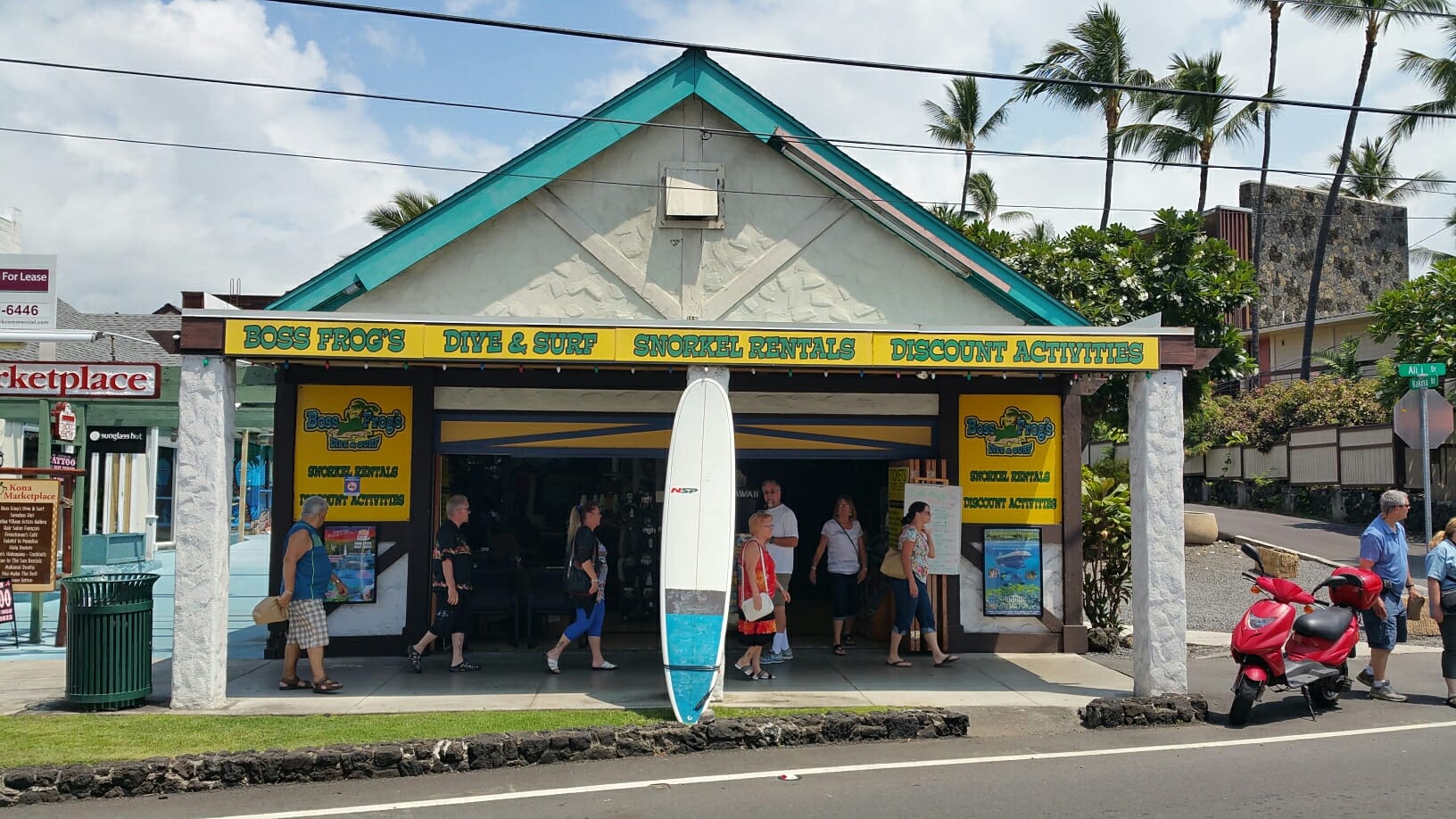Makawao Rodeo
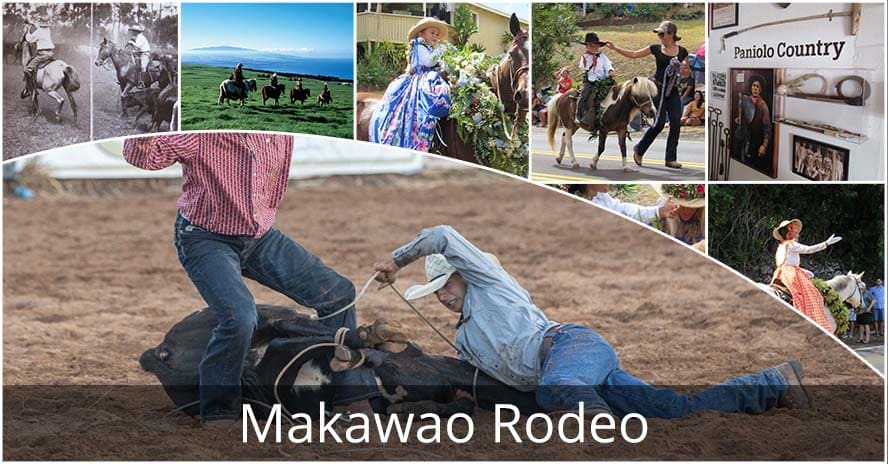
The typical image of Hawaii may evoke dreamlike visions of surfers on glassy waves, the melodic notes of the ukulele, and fragrance of plumeria lei carried on the breeze as palm trees sway with hypnotic ease. However, if you gaze up the volcanic hillsides, you’ll discover a different way of life and a culturally rich history in the Islands, embodied by the ‘paniolo’, or Hawaiian cowboy, and the Makawao Rodeo.
Paniolo History
In the late 1700’s, the first cows were gifted to King Kamehameha by British sea captain George Vancouver. With a kapu (prohibition) placed on killing any of the animals, herds multiplied rapidly. Horses, arriving in 1803 from California, were also allowed to run free for almost three decades. Adapting to the challenging terrain of the islands, these horses became agile and tough. The herds of wild mustangs, known as ‘Mauna Kea’ horses, were swift and elusive.
In 1832, King Kamehameha III sent a high chief to California to bring back skilled Spanish-Mexican vaqueros, renowned for their expert horsemanship. Their purpose was to teach the Hawaiian ranch workers how to properly handle the burgeoning herds of wild cattle and horses that now freely roamed the hills and valleys. The term ‘paniolo,’ derived from the word ‘espanol,’ was adopted into the Hawaiian language with profound respect and admiration, serving as a poignant reminder of this historical connection. Paniolo traditions continue today, and you can admire the remarkable skills of these horsemen and women by attending the annual Makawao Rodeo.
Makawao Parade
Marking 64 years of bull riding, steer roping, barrel racing and sheep riding, the Makawao Rodeo stands as a prominent fixture of the upcountry ranching scene on Maui. Numerous events run through the first weekend of July, kicking off with the lively Makawao parade. Spectators line the streets of historic Makawao town, their cowboy boots concealed beneath the shade of jacaranda trees, cheering on the various community groups that march proudly in precession. While the classic cars, the patriotic stilt walkers, political greeters and local fire trucks were entertaining, the main attraction for us was the first glimpse of the rodeo horses and their riders donning formal paniolo attire. The horses wore lei of tropical flowers and ti leaves, intricately woven around their necks, and following tradition, atop the hats of their riders. The infectious excitement of the rodeo drew us to return later that afternoon for the main event.
Makawao Rodeo
Venturing up Olinda Road, just beyond the historic town of Makawao on the lush slopes of Haleakala, you’ll find Oskie Rice Arena. The shift in temperature from our sea level hale was a refreshing change as we entered the rodeo grounds, finding our perch in the bleachers. While this was technically my daughter’s second time attending the event, it was the first since her horse obsession began. Not only were our eyes glued to the tough-as-nails paniolo wrestling steers to the ground from their impeccably groomed steeds, but we were also captivated by young men and women in patriotic outfits riding horses that pranced proudly to the sound of the national anthem, deftly maneuvering barrels, and roping cattle with expert grace.
To fully embrace the spirit and blend in with the crowd, cowboy hats and boots were available for purchase in the rodeo market. Another compelling reason to attend this popular annual event was the delectable food! Nostalgic Independence Day favorites included the quintessential American hot dog, generously loaded up with grilled onions and house-made spicy mustard. For dessert, we indulged in deep fried donuts, known as malasadas in Hawaii, doused in chocolate sauce and enjoyed between shouts of encouragement to the fearless competitors.
Perhaps the most entertaining (and nerve-wracking to watch as a mother) event of the rodeo was the ‘sheep riding’. Tiny paniolos, their hats so big I wondered if they could see anything at all, climbed on top of sheep and were released into the ring, just as their parents were on the bulls during the rowdier ‘Bull Bash’ event the night before. The rules were straightforward, the rider that stays on the longest wins. I was struck by the toughness of these kids, appreciating that being raised on a ranch in Hawaii likely required a certain level of resilience. Covered in mud and smiling broadly, these kids showcased immense pride in their paniolo upbringing, demonstrating skills passed down through generations of ranchers.
Experience it for Yourself
Many working family ranches exist across the islands today and some are open to visitors, providing horseback riding experiences to explore expansive Hawaiian countryside and gain insight into the life of a paniolo. Notable options include the renowned Mendes Ranch on the cliffs and coastline of Wailuku, as well as Lahaina Stables, where guests can explore the mountainsides of West Maui on horseback.
With satisfied bellies and a two-year-old daughter filled with aspirations to one day wear a pink cowgirl hat while racing on a white horse adorned with ribbons, we descended the volcano beneath pink sunset skies. We wholeheartedly recommend planning your next Maui vacation to include the annual Makawao Rodeo in July. Don’t forget to pack your boots!



